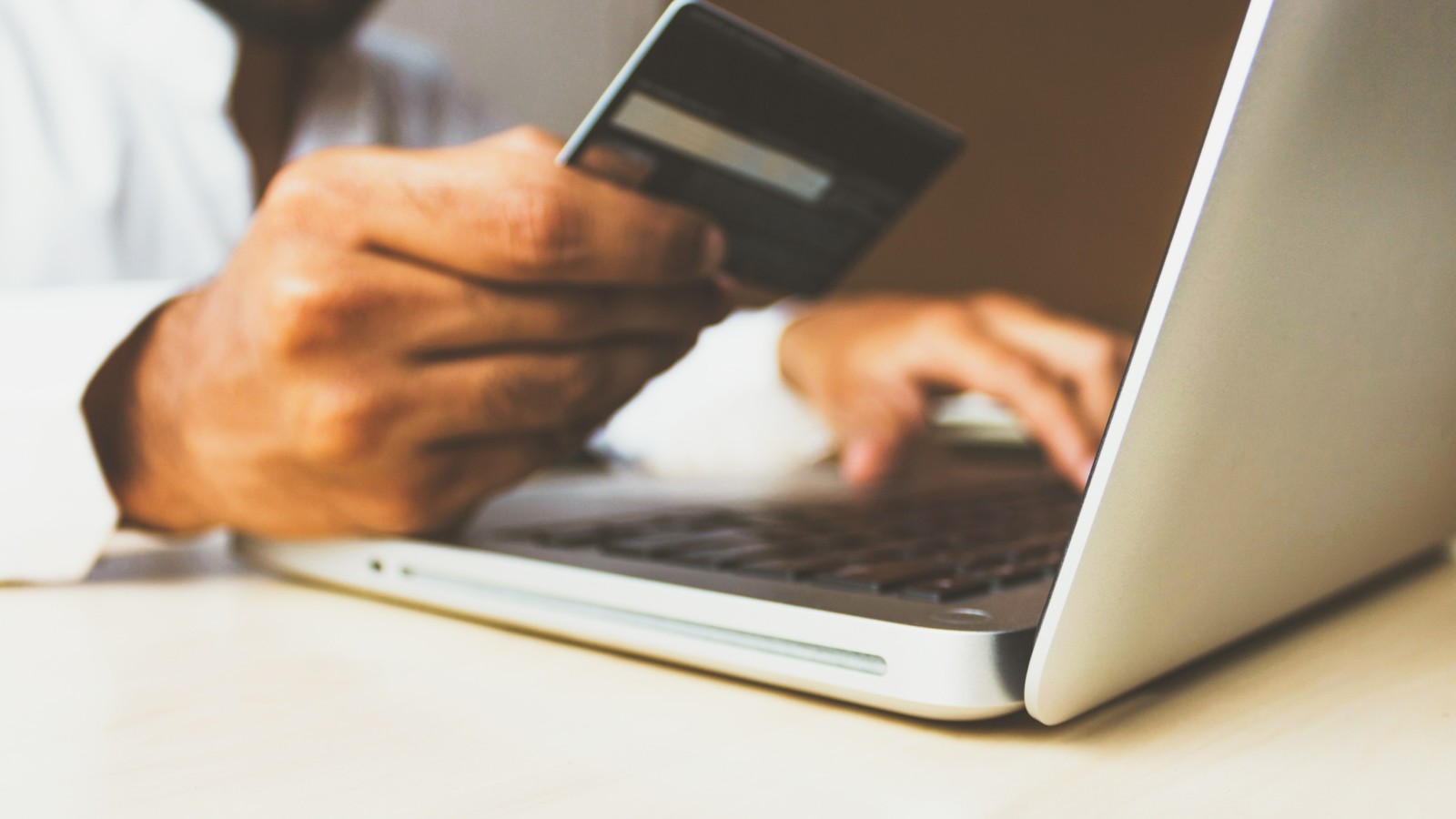The pandemic has seen an unprecedented increase in online shopping as lockdown forced consumers to stay at home and retailers in many different sectors to close. Retailers scrambled to adapt their businesses from physical to digital, with a parallel growth in logistics services to meet the changing patterns of distribution.
As lockdowns ease and stores reopen, there’s a big question facing both retailers and consumers — will the pattern change and will customers flock back to the stores? According to an article by McKinsey, ‘What’s next for digital consumers?’, there’s a subtle shift in attitudes now that consumers have a choice.
The consultancy believes that a new pattern will emerge with consumers selecting different channels for specific needs, a process they call ‘phygital’ – a combination of physical and digital.
Changing habits worldwide
More about that later, but first it’s important to look at the way online retailing developed during the pandemic.
‘COVID-19 and E-commerce’, a survey of 3700 consumers in nine countries by United Nations organization UNCTAD and Netcomm Suisse eCommerce Association, found that almost half of respondents who shopped online more frequently found their reliance on the Internet increasing.
The survey, which covered a mix of emerging and established economies, reported that online purchases had increased by 6-10 percentage points across most product categories with the strongest growth in electronics, digital entertainment, gardening, home improvements, pharmaceuticals, household products and personal care products.
Although the frequency of online purchasing increased, the survey also found that average spending fell and consumers postponed the purchase of ‘big ticket’ items, focusing instead on essentials.
Rapid growth in the US
Another survey by Digital Commerce 360, ‘A decade in review: Ecommerce sales vs. retail sales 2007-2020’, focused on the US market. It found that consumers spent $861.02 billion online in the US in 2020, an increase of 44 percent compared with 2019.
Total retail sales, including merchandise purchased in stores and through catalog/call centers, increased 6.9 percent in the same period to $4.04 trillion, meaning that ecommerce accounted for 21.3 percent of total retail sales, up from 15.8 percent in 2019.
One very significant fact in that survey was that all of the growth in retail was driven by ecommerce, with online sales accounting for 101 percent of all gains in retail in 2020. The survey also highlighted the changing position of Amazon. While it remained the number 1 US online retailer followed by Walmart, Amazon’s proportion of US online sales fell from 43.8 percent in 2019 to 31.4 percent in 2020 as other retailers increased their online activities through 2020, with many offering discounts and promotions to attract consumers.
Looking ahead
A study by Euromonitor surveyed global retail professionals to get a sense of the changes during the pandemic and a view of the changing patterns following reopening of stores. The study forecasts that, globally, 17 percent of goods will be bought online, around double the 2016 figure.
Looking at longer-term trends, around three quarters of respondents felt that there would be a permanent shift in retail channels, although the rate of annual growth would be slower in the post-pandemic period at 9.5 percent for 2020 – 2025 compared with 24 percent through 2020.
Need to optimize online services
Euromonitor believes that a number of markets could maintain a higher rate of growth by optimizing their operations and taking advantage of the expansion of logistics chains during the pandemic.
Fresh and packaged food, for example, may be a growth area. Pre-pandemic there was low uptake, but during lockdown many consumers were forced to purchase online. Retailers and manufacturers offering direct to consumer sales boosted uptake by some 53 percent, the highest of any product category.
The importance of logistics
One of the key factors in the growth of online retailing has been the increase in logistics services. Consumers had two main choices – click and collect or home delivery. Click and collect services were popular with retailers, although major lockdowns sometimes made the services impractical.
Retailers and manufacturers were able to use their own distribution services, the mail or the growing number of courier firms and individuals to support home delivery. The result is that there is now an effective infrastructure in place to support efficient delivery of online purchases. Many firms now offer free next-day or even same-day delivery, which has raised consumer expectations, while others only provide a chargeable delivery service with timescales of seven days or longer.
A levelling of demand
Putting together the dramatic growth of online sales and the maturing infrastructure to support it, there is a strong case to believe the pandemic has changed retailing forever. However, the survey by McKinsey found that growth is likely to level off with many consumers saying they will spend less time online after the pandemic.
Addressing consumer concerns
McKinsey believes that retailers can respond and maintain their digital success by improving the online experience and addressing consumers’ concerns about digital services. The survey highlighted six areas for improvement:
- Increase privacy and security to protect against scams or data theft
- Refine the user experience to make online purchase easier to use
- Create ‘phygital’ interactions that improve both in-store and online experience
- Make account management easier by allowing consumers to make changes online
- Improve after-sales service, particularly in the areas of delivery and returns
- Improve pricing by making online products cheaper and reducing delivery costs
A strong future for online
While commentators see a leveling in demand from the peak of the pandemic, online retailing looks set to maintain its strong position in the overall retail mix with the potential for continued growth through optimization of online services.


